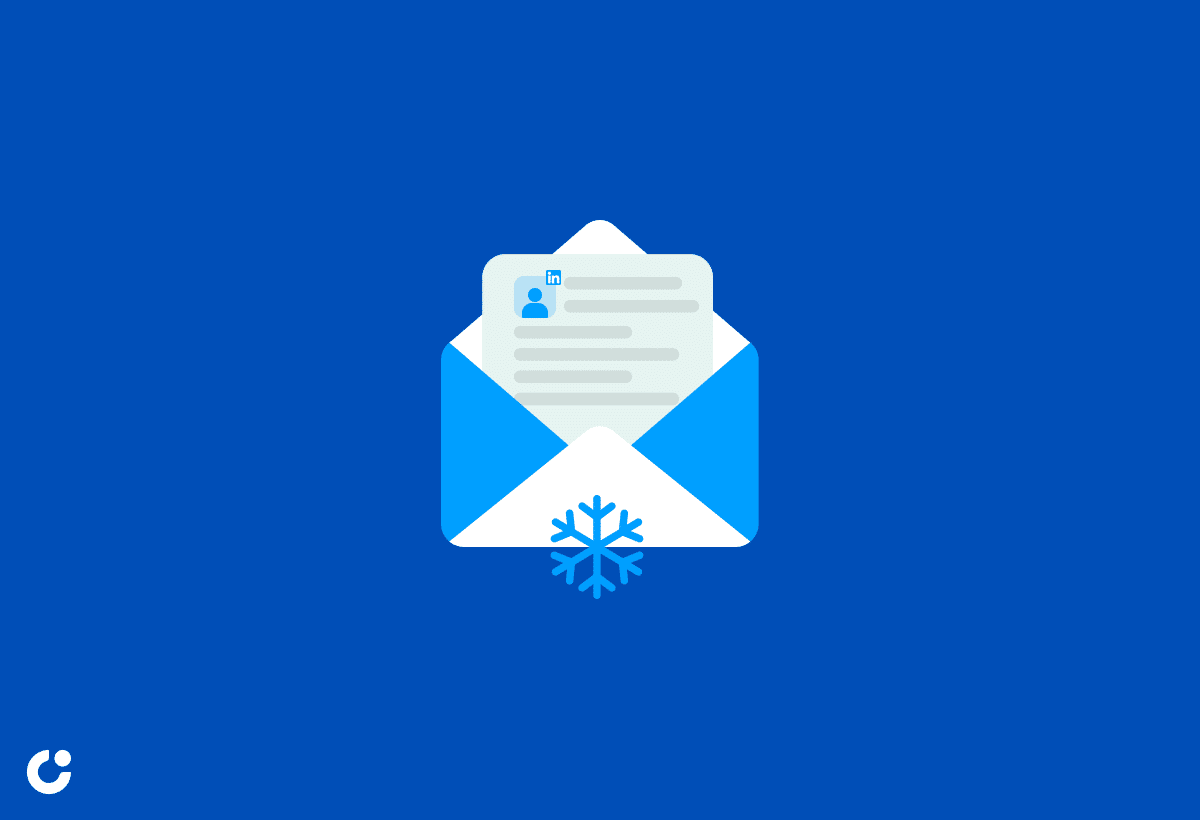Are you struggling to get noticed by recruiters on LinkedIn? Fear not! Mastering the art of sending a cold email to a recruiter on LinkedIn can unlock a world of job opportunities and professional connections. In this blog post, we’ll share the secrets of crafting the perfect cold email, finding the right recruiters and companies, and using various templates for different scenarios. Get ready to boost your LinkedIn game and make meaningful connections that could lead to your dream job.
Key Takeaways
- Craft a personalized, clear message with strong call-to-action in professional tone.
- Identify the right recruiters and companies using LinkedIn’s search function & mutual connections.
- Follow up politely while maintaining professionalism to build relationships with recruiters.
Crafting the Perfect Cold Email to a Recruiter on LinkedIn
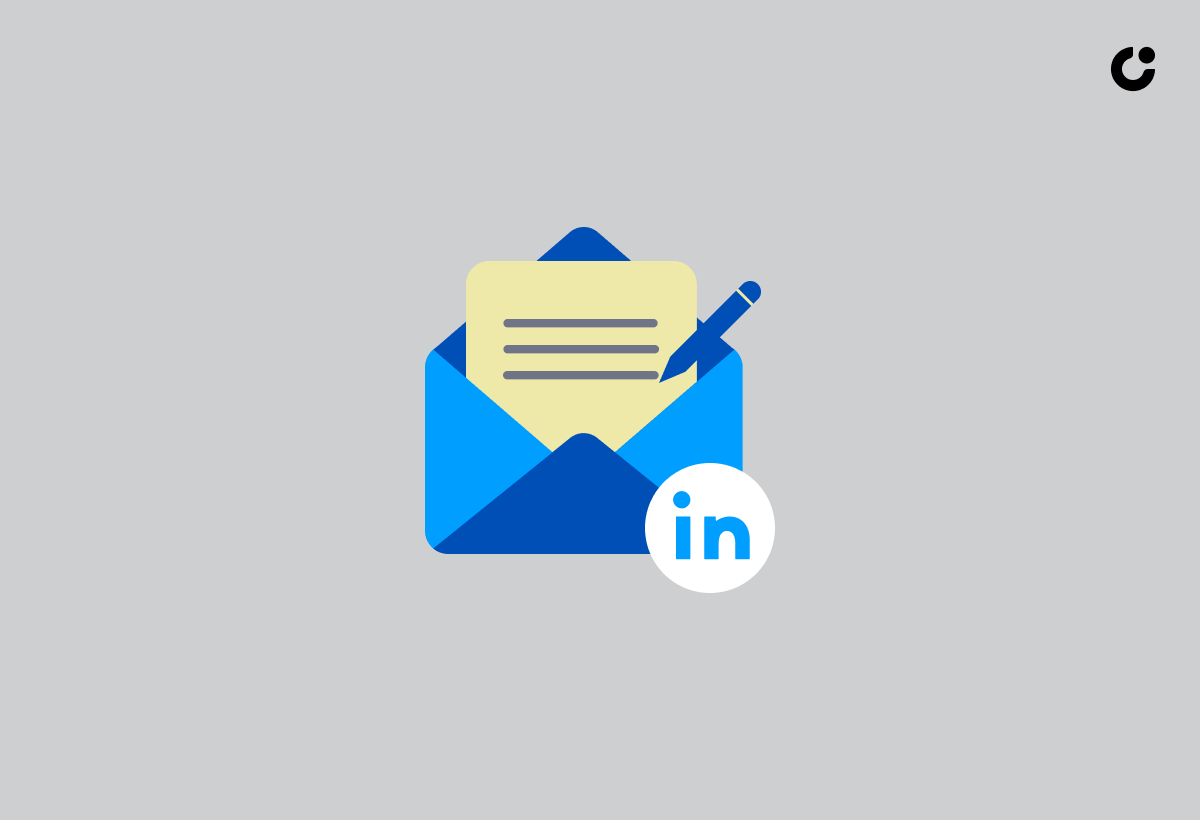
Sending a compelling cold LinkedIn message to a recruiter can drastically improve your chances of landing an interview or even a job offer. But how do you create a message that stands out in a sea of cold LinkedIn messages from users vying for the same attention? The answer lies in personalizing your cold email, being clear about your intentions, and including a strong call-to-action.
Personalize Your Message
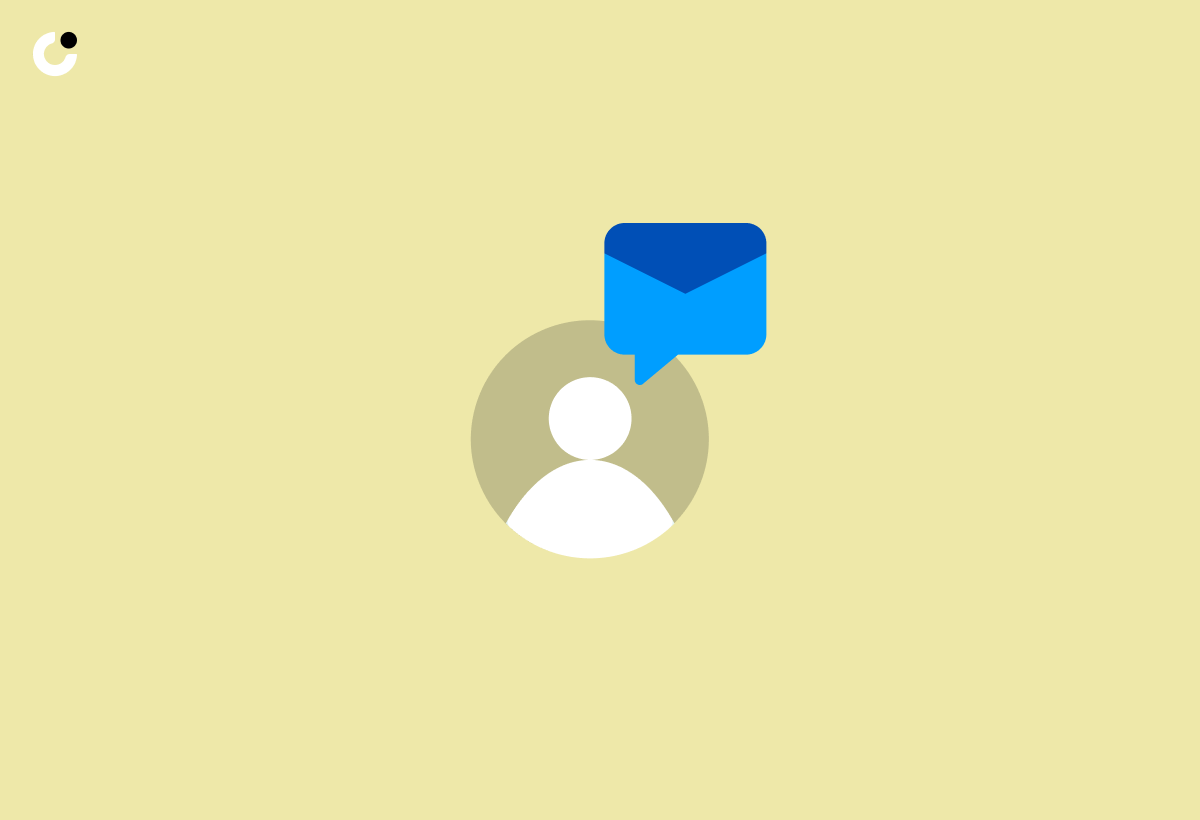
We all crave connection and authenticity, and recruiters are no different. Personalizing your cold message demonstrates genuine interest in the recruiter and their company, enhancing your response chances. Avoid generic messages and take the extra effort to research the recruiter’s background, recent projects, or LinkedIn activity. Reference these details in your message to create a meaningful connection and demonstrate that you’ve done your homework. For example, if you both attended the same webinar or belong to the same LinkedIn group, mention it as a conversation starter.
Remember that LinkedIn is a social network, so keep your tone friendly and conversational. Your goal is to engage the recruiter and make them feel valued, not to bombard them with a laundry list of your accomplishments. For inspiration, check out some LinkedIn message examples online, but always customize them to your unique situation and the specific recruiter you’re reaching out to.
Be Clear About Your Intentions

When reaching out to a recruiter, getting straight to the point is key. Clearly state your intentions, whether you’re inquiring about job opportunities, seeking networking opportunities, or asking for advice. This not only shows recruiters that you value their time but also helps them understand how they can best assist you.
Don’t shy away from asking specific questions or expressing your desire to learn more about the company, its culture, or the recruitment process. By being crystal clear about your intentions in your message, you make it easier for the recruiter to respond and engage with you in a meaningful conversation.
Include a Strong Call-to-Action
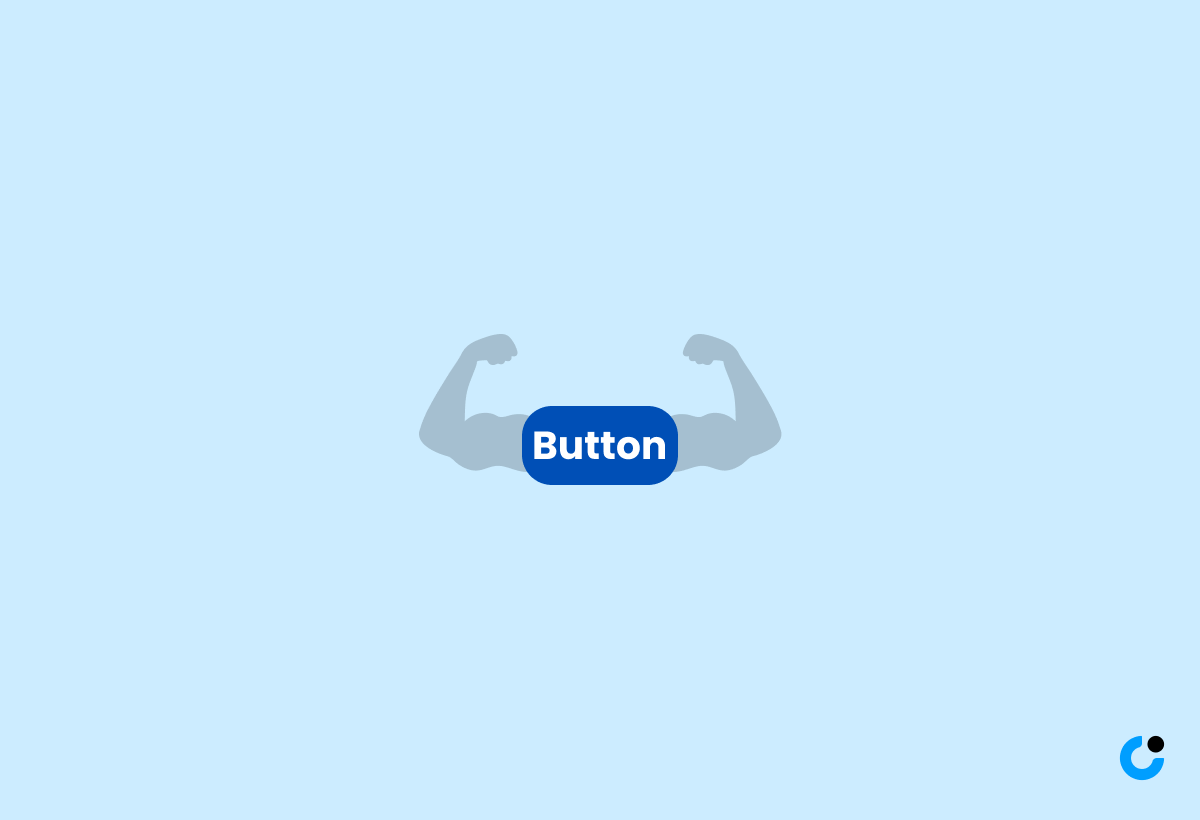
A strong call-to-action (CTA) encourages the recruiter to take the next step and engage with you further. Whether you want them to review your resume, answer a specific question, or schedule a call, make your request clear and concise. Your CTA should be easy to understand, and it should align with your overall message and intentions.
Remember that recruiters are busy, so be respectful of their time and keep your message short and focused. If you’re asking for a call or meeting, suggest a specific date and time or provide a few options and let them choose what works best for them. By including an actionable CTA in your cold email, you make it simple for the recruiter to take the desired action and move the conversation forward.
Identifying the Right Recruiters and Companies
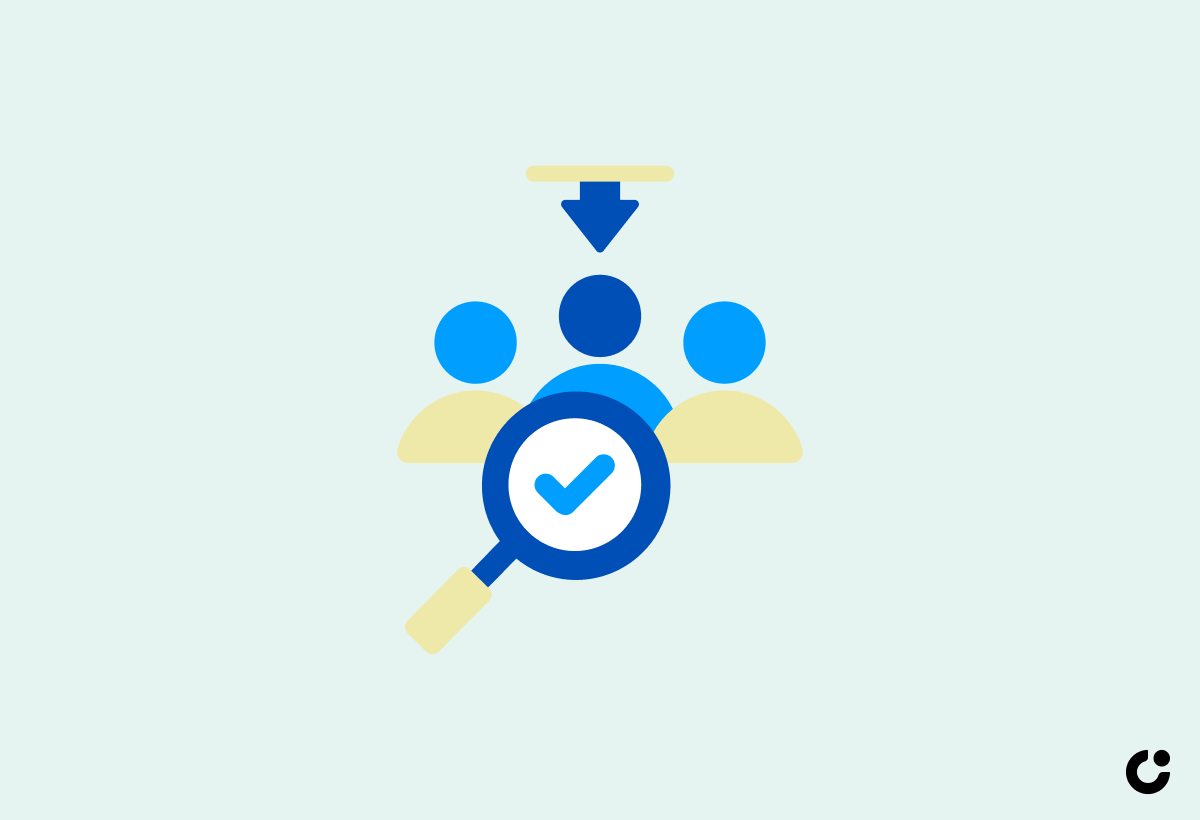
Finding the perfect recruiter or company to target is half the battle when it comes to cold emailing on LinkedIn. But how do you locate the right people who can help you land your dream job? This section covers how to utilize LinkedIn’s search function and mutual connections to pinpoint the most suitable recruiters and companies for your career aspirations.
Utilizing LinkedIn's Search Function
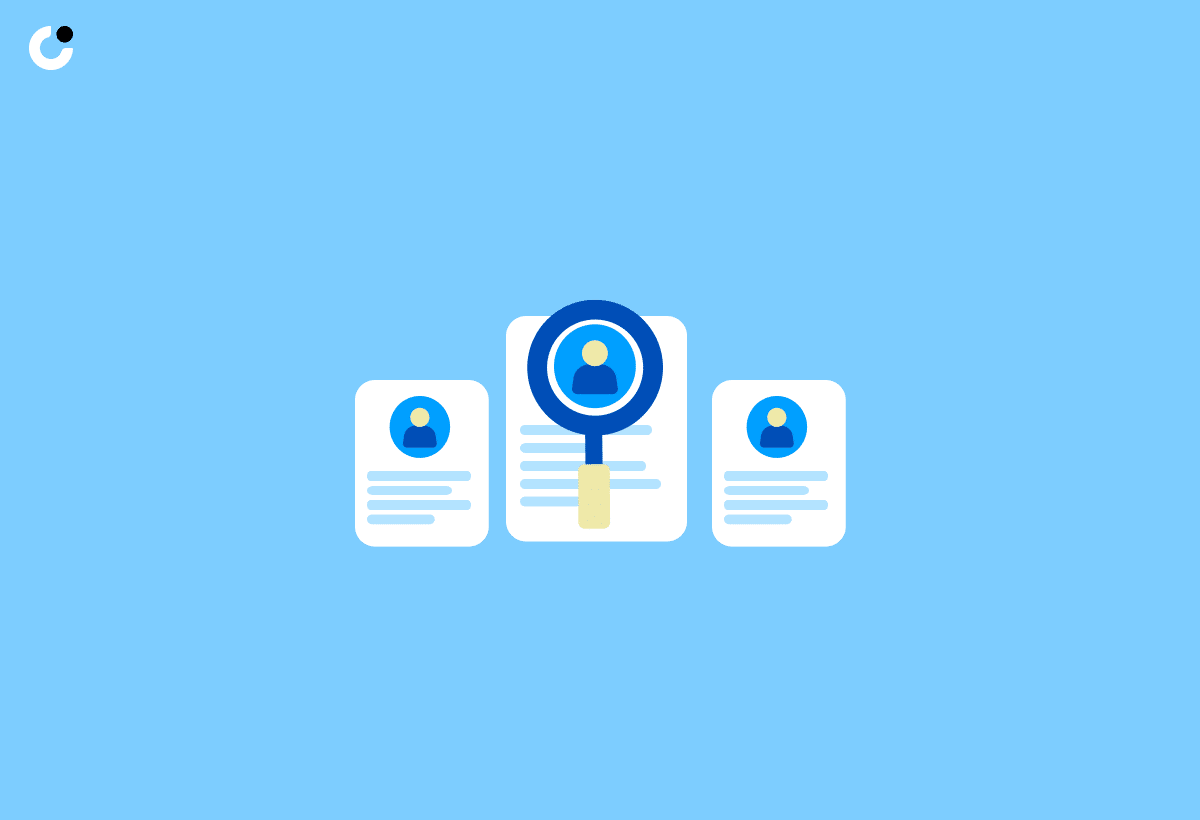
LinkedIn’s search function effectively aids in locating recruiters in your industry or at specific companies. Begin by entering relevant keywords, such as position titles, job titles, or industry-specific terms, in the search bar. Then, apply filters like location, company, or industry to narrow down your results and find the recruiters who are most likely to be interested in your profile.
Don’t forget to take advantage of LinkedIn’s advanced search feature, which allows you to refine your search even further by specifying criteria like years of experience, current company, or education. With a little bit of research and strategic searching, you can identify the recruiters who can help you take the next step in your career journey.
Leverage Mutual Connections
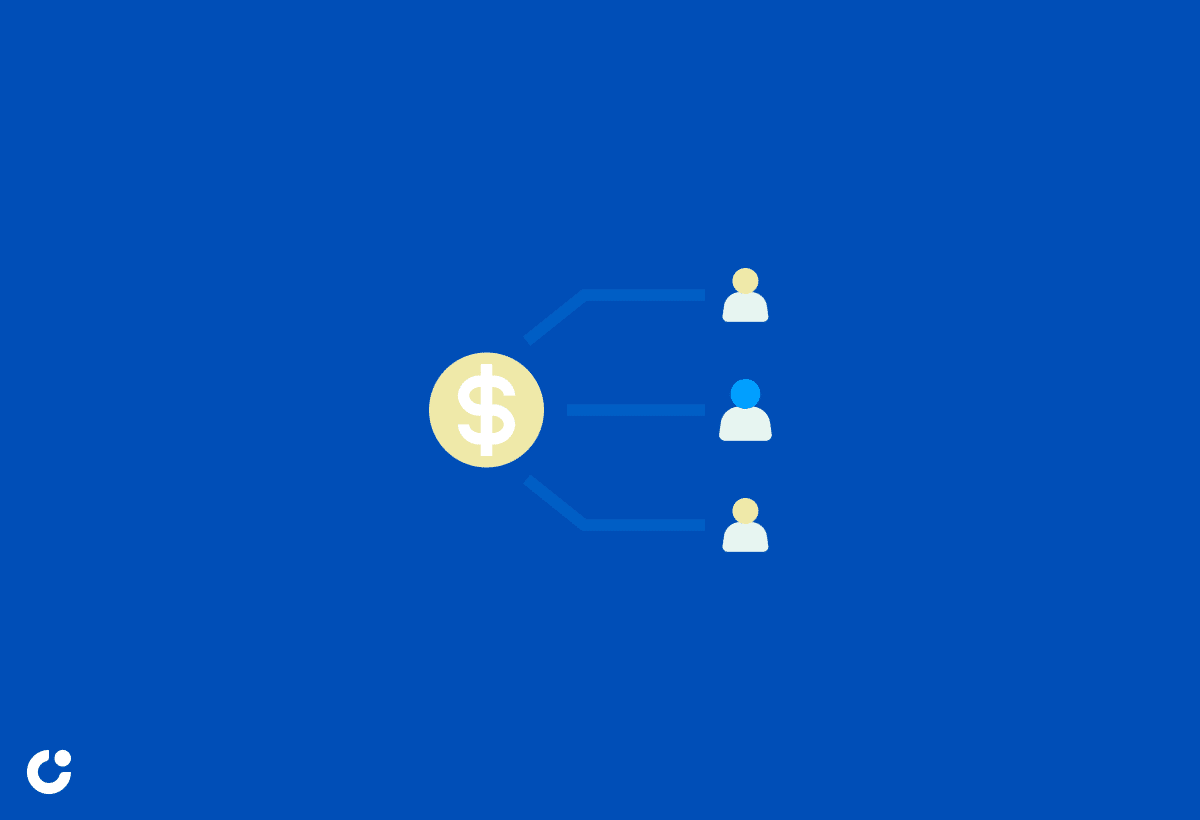
Mutual connections serve as a significant asset in your LinkedIn cold messaging strategy. If you share connections with a recruiter or belong to the same LinkedIn group, make sure to mention it in your message. This common ground can help you establish rapport and demonstrate that you’re both part of the same professional network.
Additionally, consider asking mutual connections for introductions or referrals to your target recruiters. A warm introduction can significantly increase your chances of getting a response and ultimately help you forge a strong relationship with the recruiter. By leveraging mutual connections, you can expand your network and make a lasting impression on potential employers.
Cold Email Templates for Different Scenarios
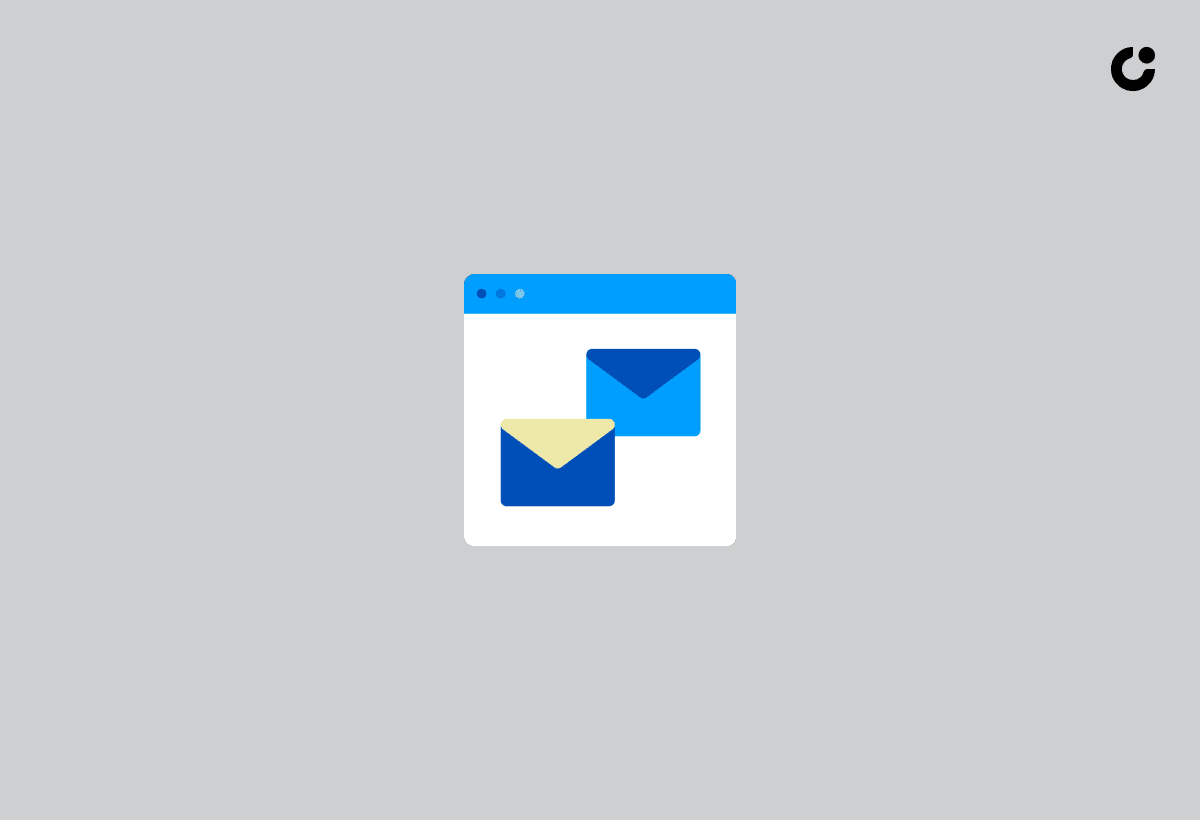
Having covered the essential elements of crafting a cold email and identifying the right recruiters, we’ll now examine some practical LinkedIn cold message templates for varied scenarios, including cold messages. Whether you’re inquiring about job openings, looking for networking opportunities, or seeking advice or mentorship, these templates can serve as a starting point for your own personalized messages.
Inquiring About Job Openings

When inquiring about job openings, expressing your interest in the company and showcasing your relevant skills and experience is necessary. Here’s a template to help you get started, including a job description section:
Subject Line: [Your Name] - Interested in [Position] Opportunities at [Company]
Dear [Recruiter’s Name],
I hope you are doing great. This message is meant for your wellbeing. I came across your profile on LinkedIn and noticed that you work as a recruiter at [Company]. As a [Your Current Position] with experience in [Your Skills or Industry], I am interested in exploring potential job opportunities with your organization.
I am particularly impressed by [Company]’s commitment to [Company Mission or Unique Selling Point] and believe that my background in [Your Relevant Experience] aligns well with the company’s values and objectives. I would appreciate the opportunity to discuss potential openings and how I could contribute to [Company]’s success.
I really appreciate you taking the time to consider this. Thank you. I eagerly await your response. I am keen to know what you think..
Best regards, [Your Name]
Remember to tailor this template to your specific situation and the company you’re targeting.
Networking Opportunities

Approaching recruiters for networking opportunities necessitates a slightly altered strategy. In this scenario, it’s important to compliment their work and express your desire to learn from them. Here’s a template to help you craft a message for networking opportunities:
Subject Line: [Your Name] - Impressed by Your Work at [Company]
Dear [Recruiter’s Name],
As a hiring manager, I understand the importance of finding the right candidate for the job. I am confident that my skills and experience make me a strong fit for the position. I look forward to discussing my qualifications with you further.
I hope you are doing well. I came across your profile on LinkedIn and was truly impressed by your work as a [Recruiter’s Position] at [Company]. I am a [Your Current Position] with a strong interest in [Your Industry or Skills], and I would love to connect with you to learn more about your experiences and insights.
Your expertise in [Recruiter’s Specific Skill or Accomplishment] is particularly intriguing to me, and I believe that connecting with professionals like you can help me grow in my own career. I would be grateful for the opportunity to discuss your experiences and any advice you might have for someone in my position.
Thank you for considering my request. I hope to hear from you soon.
Best regards, [Your Name]
Again, make sure to customize this template to reflect your unique situation and the recruiter you’re contacting.
Seeking Advice or Mentorship

Asking for advice or mentorship from industry experts calls for a more personal approach. In this case, you’ll want to highlight your relevant experience and ask specific questions to demonstrate your genuine interest in learning from them.
Here’s a template to help you get started:
Subject Line: [Your Name] - Seeking Advice on [Industry or Skill]
Dear [Expert’s Name],
I hope you are doing great. This message is meant for your wellbeing. I came across your profile on LinkedIn and was truly inspired by your accomplishments as a [Expert’s Position] at [Company]. As a [Your Current Position] with experience in [Your Skills or Industry], I am eager to learn from professionals like you and enhance my knowledge in [Your Desired Area of Growth].
I was particularly impressed by your work on [Expert’s Specific Project or Accomplishment], and I would be grateful for the opportunity to discuss your insights and any advice you may have for someone in my position. Specifically, I would like to know more about [Your Specific Question or Area of Interest].
Thank you for considering my request. I look forward to the possibility of learning from your experiences.
Best regards, [Your Name]
Remember to tailor this template to your specific situation and the expert you’re reaching out to.
Tips for Effective Follow-Up Messages
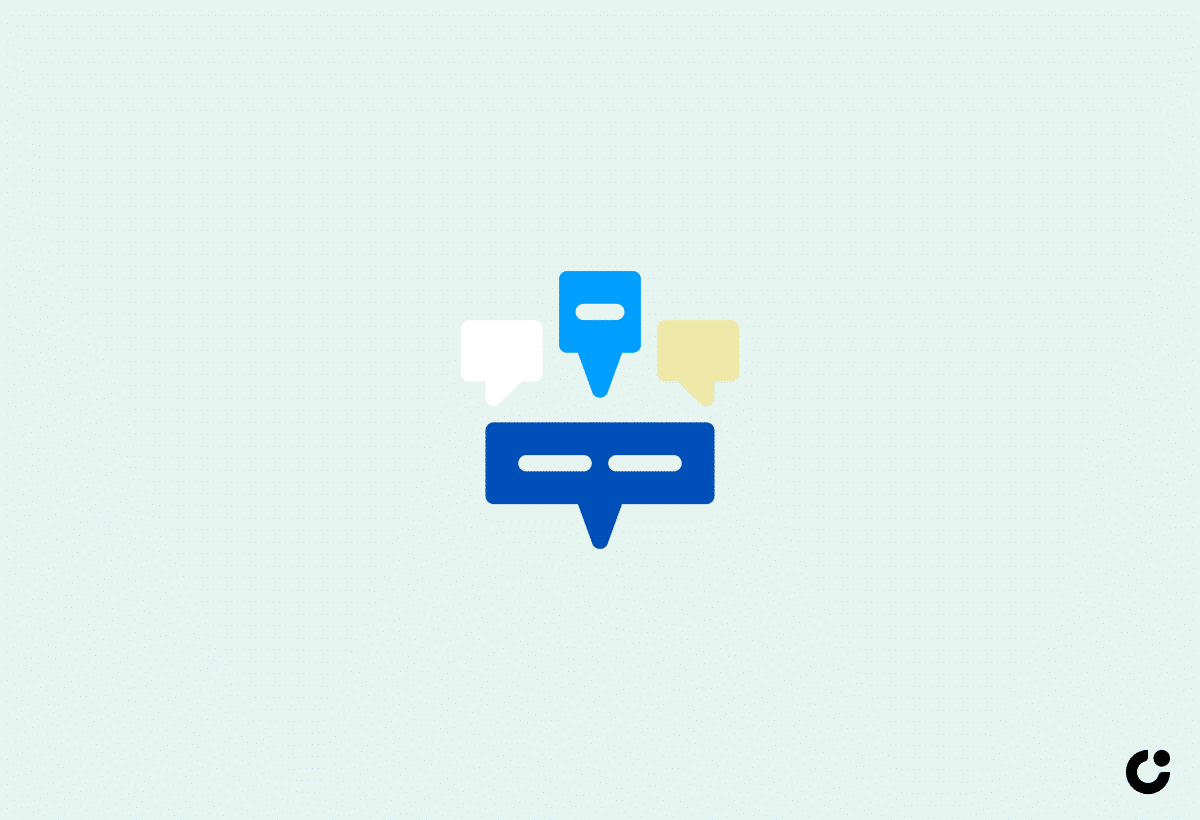
Although crafting an excellent cold email is key, following up with recruiters can notably boost your chances of receiving a response. In this section, we’ll share tips on:
- Timing
- Frequency
- Content
- Tone
To help you make the most of your follow-up messages, consider utilizing private messages to convey the same message.
Timing and Frequency
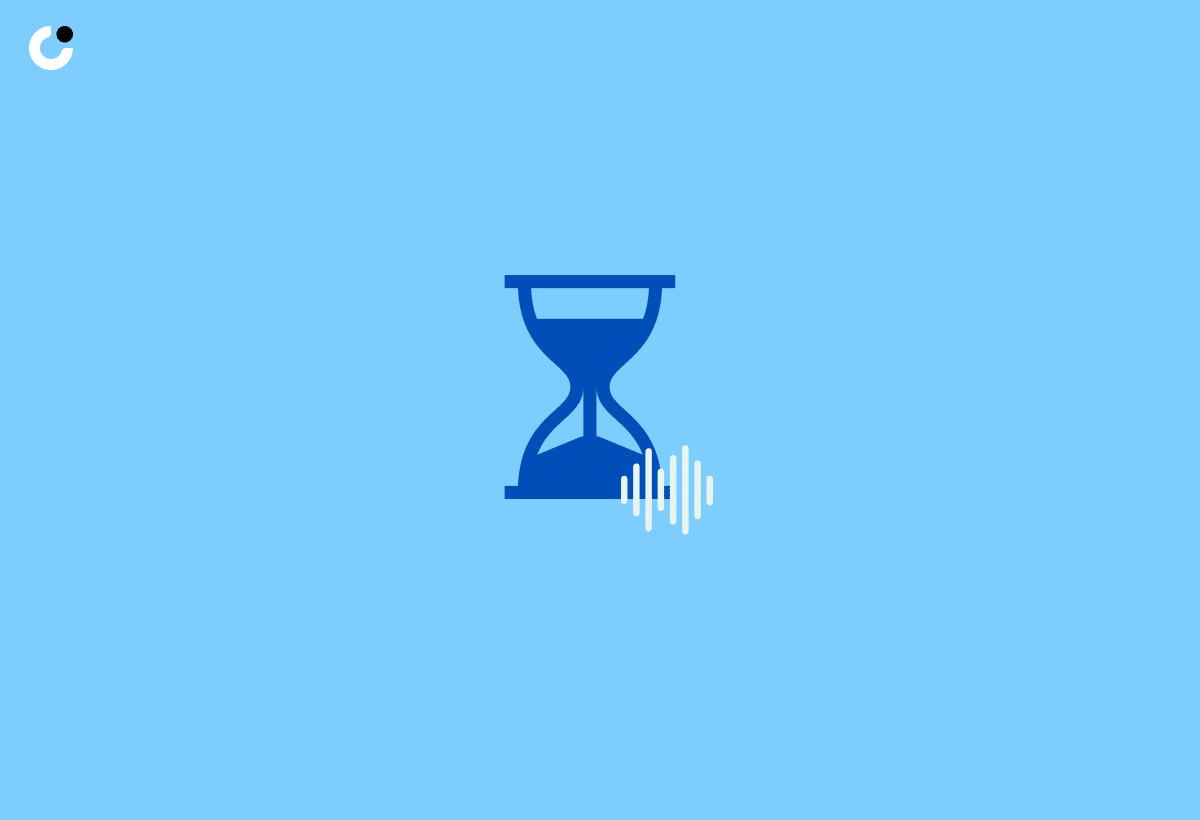
Determining the optimal time and frequency for dispatching follow-up messages can be complex. While you don’t want to appear overly aggressive, you also want to be persistent and ensure your message is seen. Research suggests that the most effective days and times for recruiting email outreach are Tuesday and Thursday between 10 am and 11 am. Of course, individual preferences may vary, so it’s essential to be flexible and adjust your timing based on the recruiter’s responsiveness.
As for frequency, a general guideline is to wait 3-5 business days before sending a follow-up email. This allows the recipient enough time to respond and demonstrates your respect for their time. However, context and the relationship with the recruiter should also be considered when determining the appropriate frequency for follow-up messages.
Content and Tone

Creating a concise, focused follow-up message is essential in preserving a professional tone and enhancing your response odds. When writing your follow-up, remind the recruiter of your initial message by providing context and reference any updates or new information that may be relevant to your conversation.
It’s essential to maintain a friendly and polite tone in your follow-up messages. While persistence is important, you should avoid coming across as demanding or pushy. By keeping your message clear, concise, and respectful, you increase the likelihood of receiving a response and furthering your relationship with the recruiter.
Handling Responses and Building Relationships
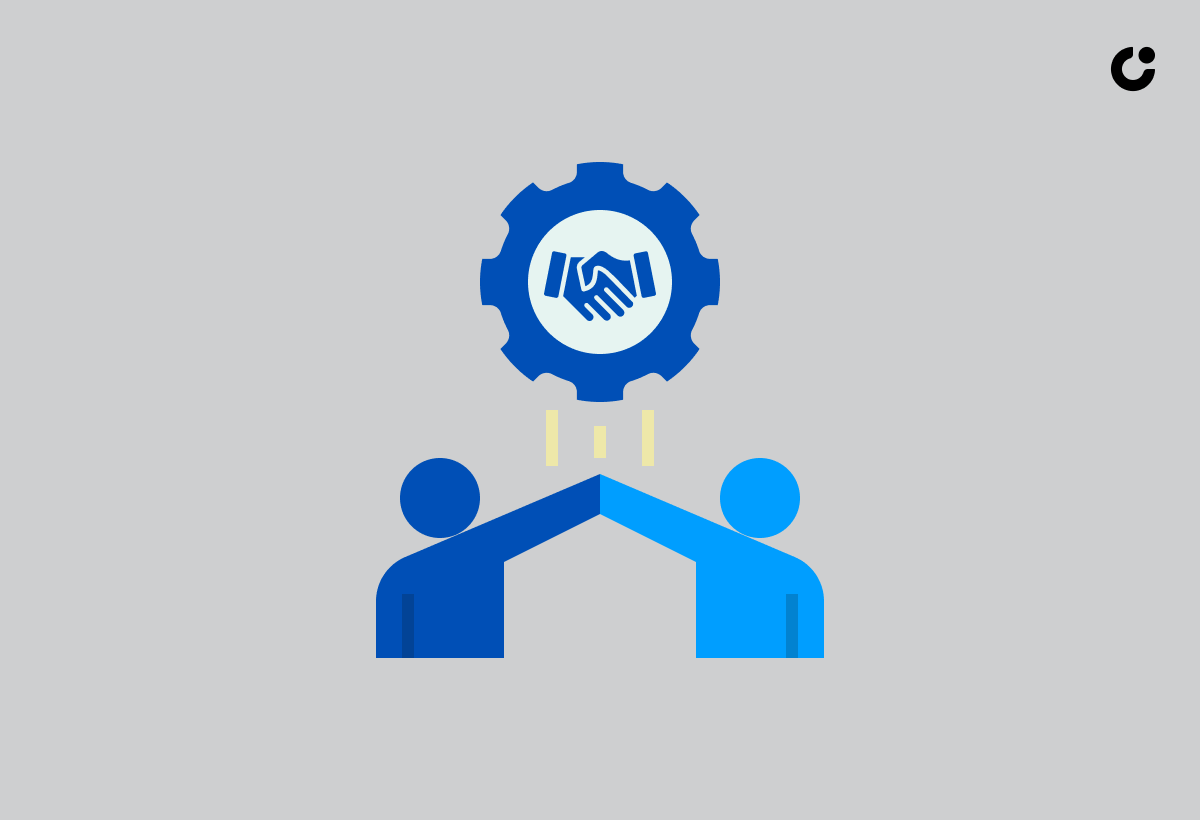
After sending your cold email and follow-up messages, dealing with any responses and forging enduring relationships with recruiters becomes the next step. In this section, we’ll discuss how to respond to both positive feedback and rejections or no response, ensuring that you make the most of every interaction.
Responding to Positive Feedback

Receiving positive feedback from a recruiter necessitates expressing your gratitude and maintaining the conversation. Here are some steps you can take:
- Thank them for their time and any information they’ve provided.
- Ask relevant follow-up questions to keep the dialogue going.
- Provide additional information about your background, skills, or interests to further solidify your connection with the recruiter.
Remember to always maintain a professional tone in your responses, even when the feedback is positive. This helps to establish trust and respect between you and the recruiter, laying the foundation for a strong professional relationship.
Handling Rejections or No Response
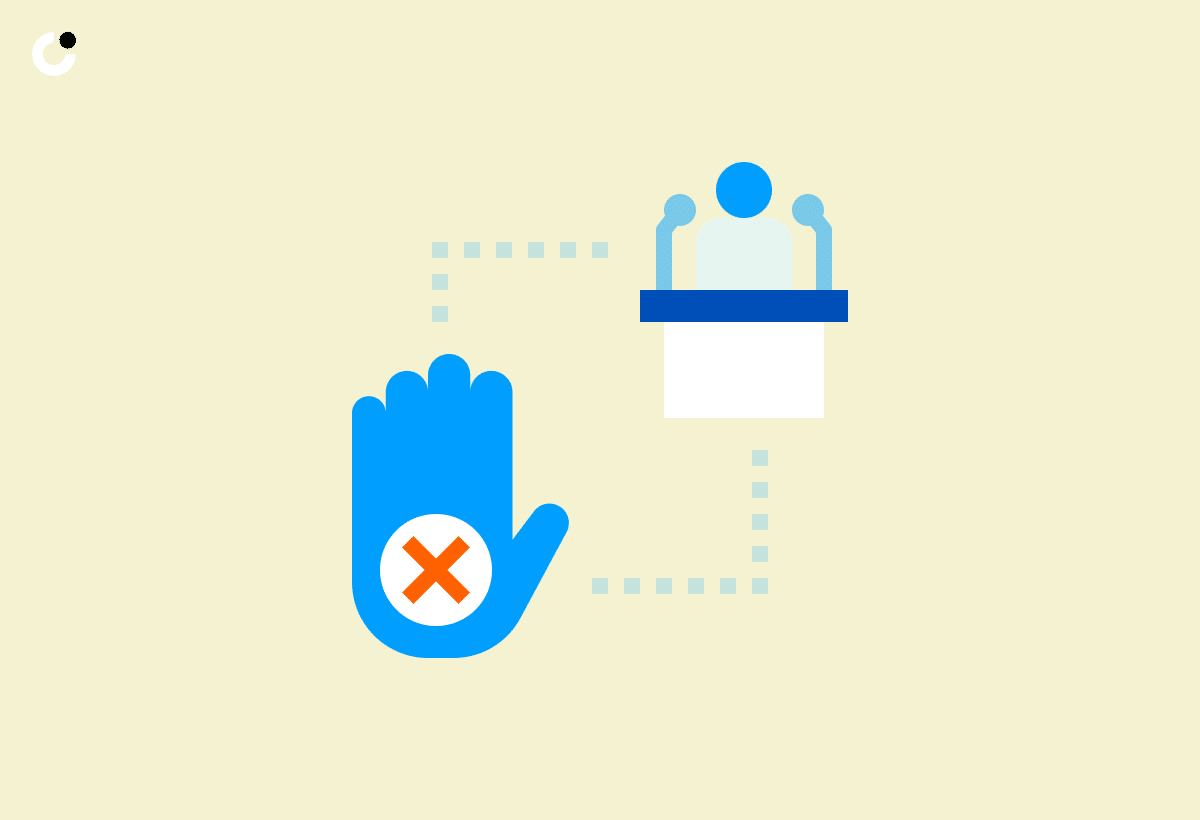
Handling rejections or no response from recruiters can be discouraging, yet staying persistent and continually improving your approach remains vital. If a recruiter doesn’t respond to your initial message or follow-up, consider waiting a few more days before trying once more. Sometimes, people are simply busy and may have overlooked your message.
When you receive a rejection, follow these steps:
- Thank the recruiter for their time.
- Ask if they can provide any feedback on your application or approach.
- Use the feedback to improve your job search efforts and increase your chances of success in the future. Remember, the goal is to build lasting relationships, and handling rejections gracefully can leave a positive impression on the recruiter, potentially opening the door for future opportunities.
Summary
In conclusion, mastering the art of cold emailing on LinkedIn can significantly improve your chances of connecting with recruiters and landing your dream job. By personalizing your message, being clear about your intentions, and including a strong call-to-action, you can increase the likelihood of getting a response. Additionally, utilizing LinkedIn’s search function and leveraging mutual connections can help you find the right recruiters and companies to target. And remember, persistence and refining your approach are key to building lasting relationships and making the most of your networking efforts on LinkedIn.
Frequently Asked Questions
How do you write a cold message to a recruiter on LinkedIn?
I am (title) with (X) years of experience in (company name), and I would like to know if there are any current job openings in your department. I would be obliged if we could connect through email or phone to discuss how my experience would benefit your company.
Is it OK to cold email a recruiter?
Cold emailing recruiters is a win-win proposition for you and can help ensure your resume is seen and considered. There may be times that the prospect ignores your message, but it's still worth a try.
How can I find the right recruiters and companies to target on LinkedIn?
Utilize LinkedIn's search function and leverage mutual connections to locate suitable recruiters and companies for your career goals. This will help ensure you find the right contacts and organizations to pursue your professional ambitions.
What should I include in a follow-up message to a recruiter?
In your follow-up message, provide context of your initial message and any relevant updates or new information. Keep it concise, focused, and maintain a professional tone.
How should I handle rejections or no response from recruiters on LinkedIn?
Stay persistent and refine your approach, thank recruiters for their time and ask for feedback. Continue to network and improve your job search efforts.

